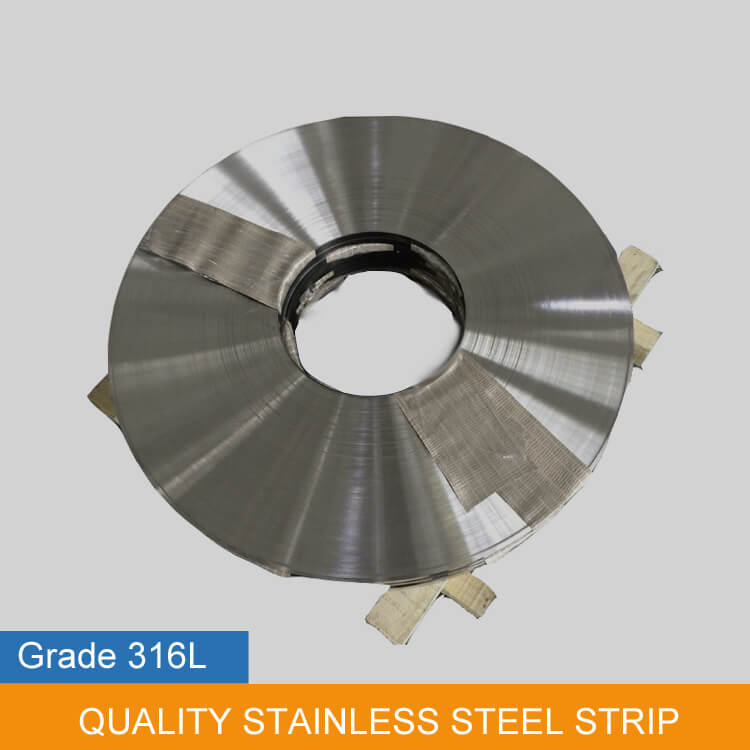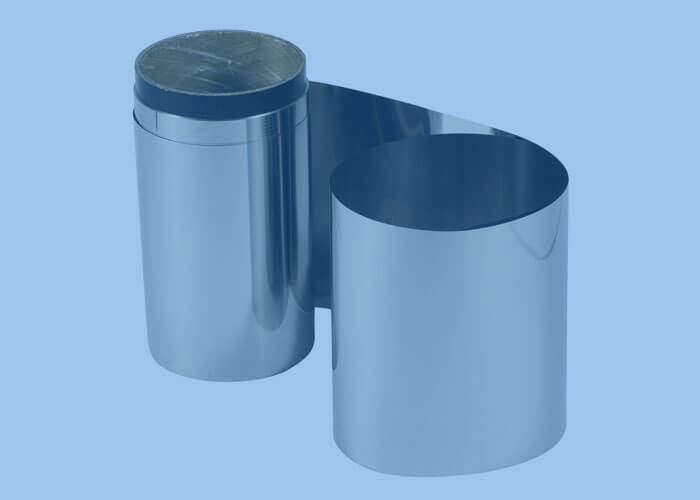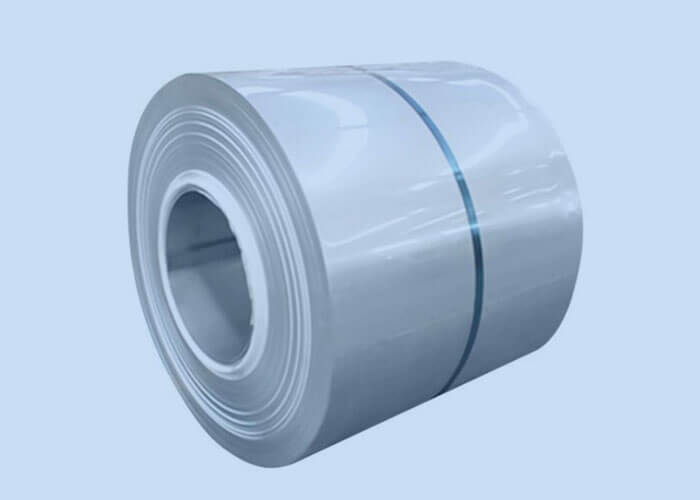316L Stainless Steel
Introduction
Overview of 316L Stainless Steel
316L stainless steel is an austenitic stainless steel that offers both good corrosion resistance and high strength.
316L stainless steel is a high carbon, low alloy austenitic stainless steel. It has lower carbon content than 316. The “L” stands for the low carbon version of 316. It has an excellent combination of high corrosion resistance, good formability and fabricability, and weldability.
316L stainless steel is widely used in the areas that require higher corrosion resistance than 304L stainless steel, such as brewery equipment, food industry equipment and chemical industry equipment.
Futures of 316L Stainless Steel
316L stainless steel is a low carbon version of the 316 stainless steel. The L in 316L stands for low carbon, which means that it has about 0.03% of carbon content.
- It is used in applications where resistance to oxidation at higher temperatures is important and in surgical instruments and implants because of its excellent resistance to corrosion and wear
- The high chromium content makes this grade highly resistant to oxidation at high temperatures, but it still has good weldability
- The addition of molybdenum makes it more resistant to chloride pitting and crevice corrosion, while the low carbon content reduces susceptibility to intergranular corrosion with hydrogen sulfide at elevated temperatures
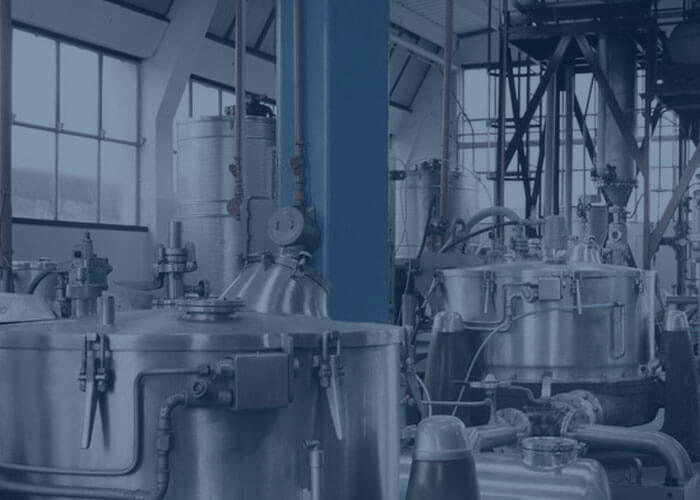
316L Stainless Steel Applications
- Food preparation equipment
- Pharmaceuticals
- Marine applications
- Architectural applications
- Medical implants
- Fasteners
- Pulp and paper equipment
- Heat exchanger
- Dyeing equipment
- Film processing equipment
- Pipeline
316L Stainless Steel Tags
- Grade 316L
- Type 316L
- Inox 316L
- AISI 316L
- SUS 316L
- 1.4404
- UNS S31603
Quality Products
Technical Data
| 316L Stainless Steel Standards Comparison Table | ||||||||
| STS | USA | UNS | CHINA | EURONORM | RUSSIA | SWEDISH | JAPANESE | |
| GRADE | AISI/ASTM | NO | GB | NO | NAME | GOST | SS | JIS |
| 316L | 316L | S31603 | 022Cr17Ni12Mo2 | 1.4404 | X 3 CrNiMo 17 12 2 | – | 2348 | SUS 316L |
| Grade | Standard | C | Si | Mn | P | S | Cr | Ni | Mo |
| 316L | ASTM A240 | ≤0.03 | ≤1.00 | ≤2.00 | ≤0.045 | ≤0.030 | 16.00-18.00 | 10.00-14.00 | 2.00-3.00 |
| Grade | EN Grade | Yield Strength Rp0.2(N/mm²) | Tensile Strength Rm(N/mm²) | Hardness | Hardness(HRB) | Elongation A50% |
| 316L | 1.4404 | ≥170 | ≥585 | Annealed | ≤95 | ≥40 |
Related Resources
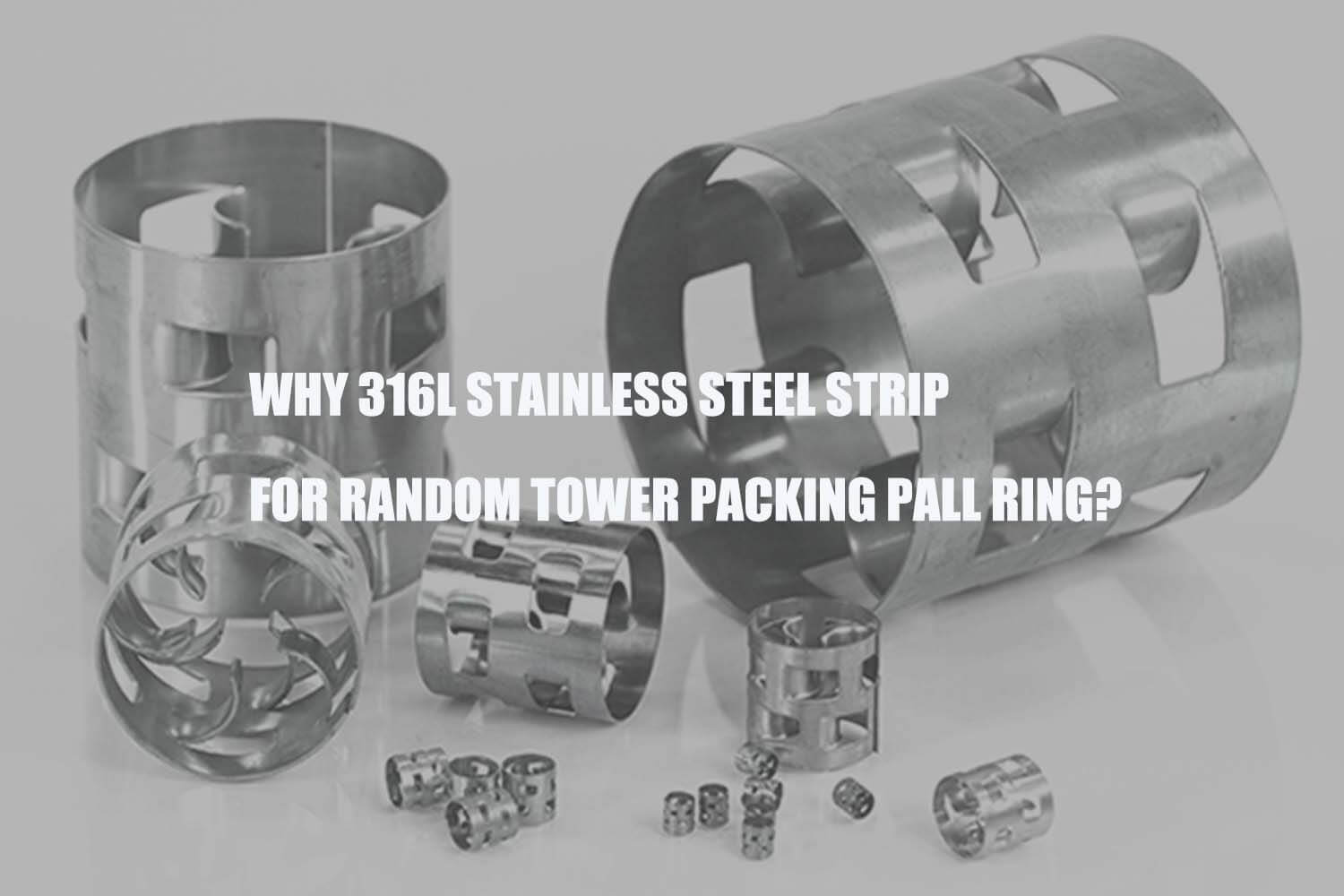
Why 316L Stainless Steel Strip For Random Tower Packing Pall Ring?
Grade 316L stainless steel strip is one of the major materials for random tower packing pall ring manufacturing. If you are the beginner of this area, you can benefit from this guide. Let’s keep reading.
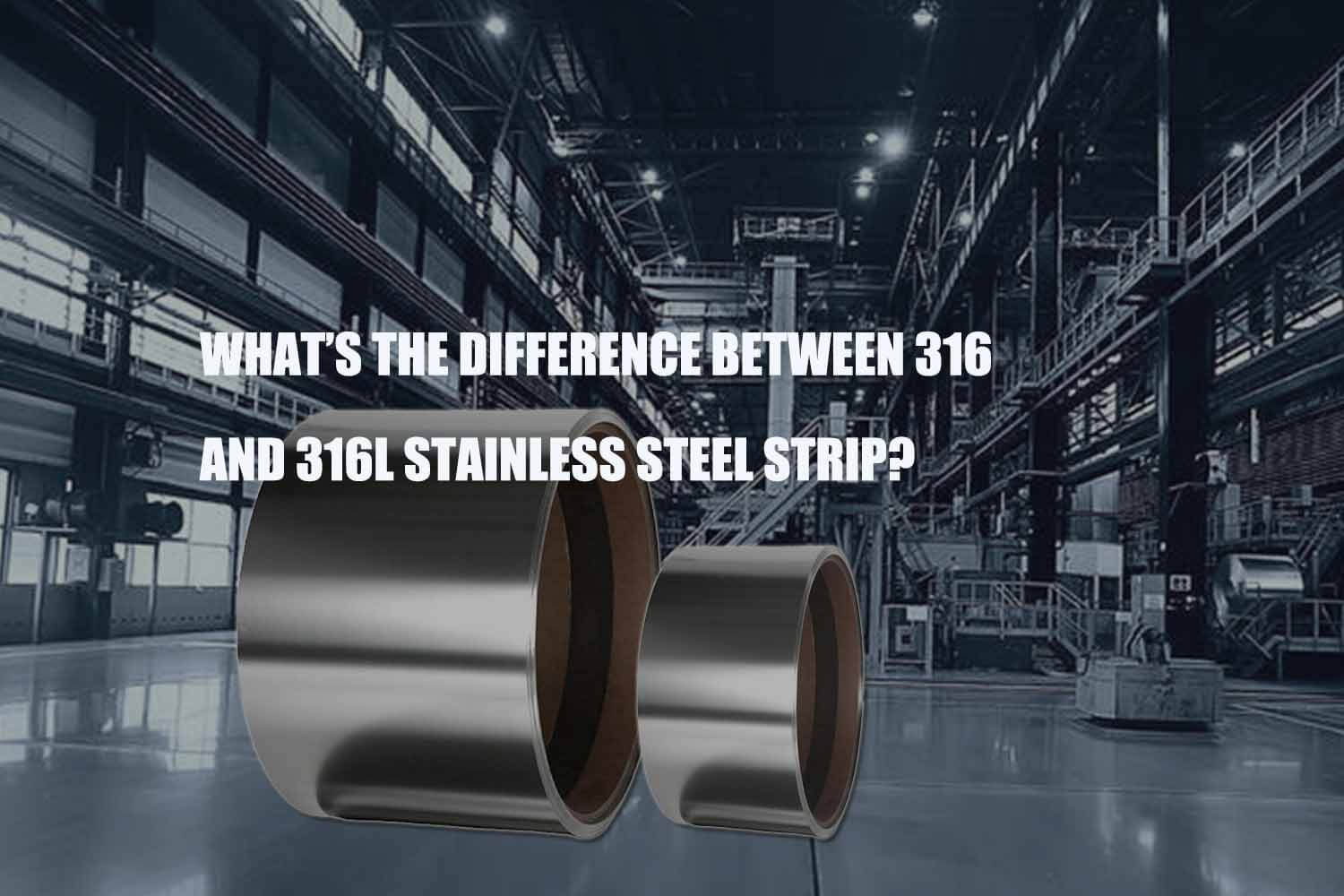
What’s The Difference Between 316 And 316L Stainless Steel Strip?
Due to their excellent corrosion resistance, 316L stainless steel strip and 316 stainless steel strip have a wide range of applications in the chemical industry. 316 and 316L stainless steel strips are both austenitic stainless steel strips. Do you want to know what is the difference between two stainless steel strips?
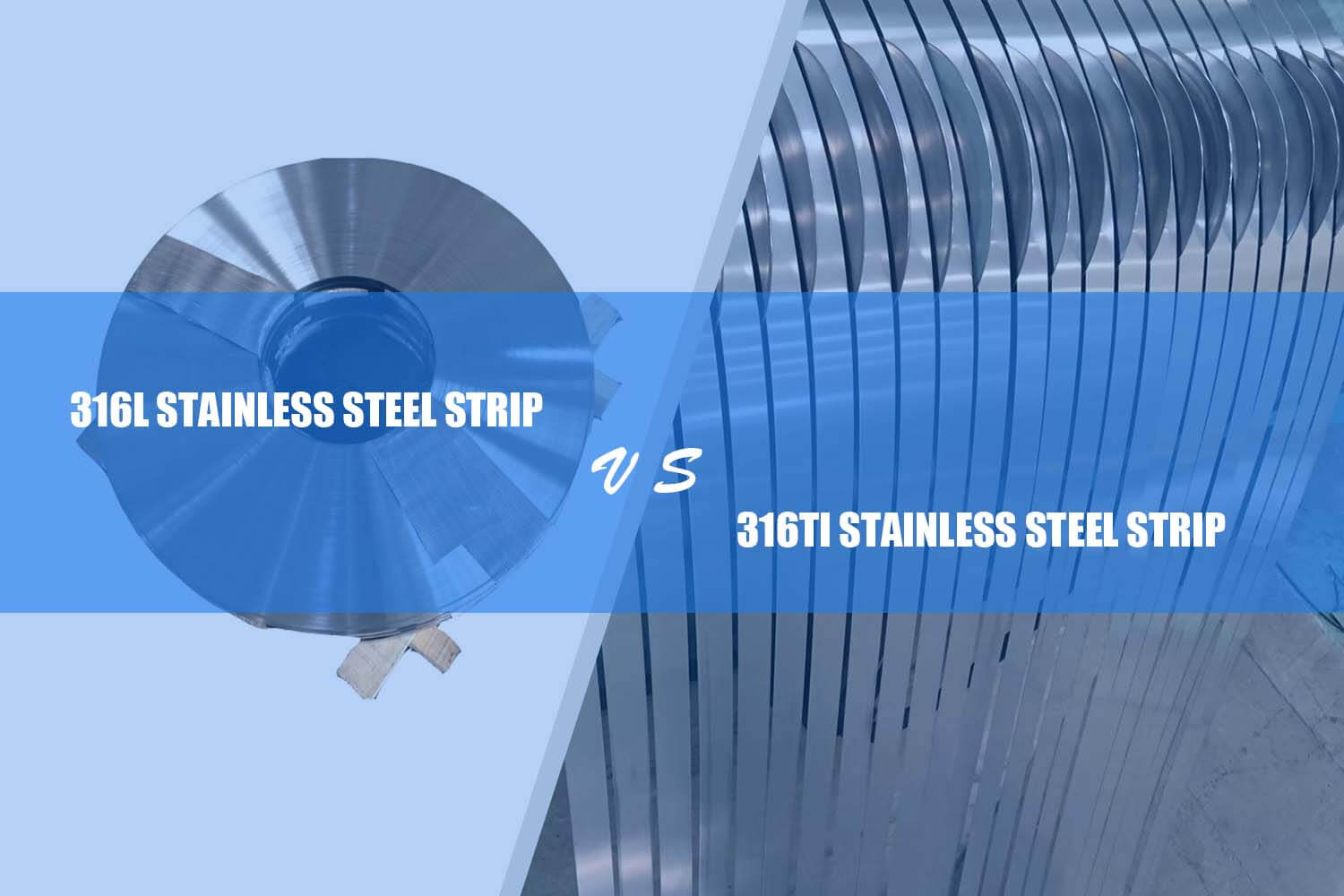
What Is The Difference Between 316L And 316Ti Stainless Steel Strip?
316L stainless steel strip and 316Ti stainless steel strip are austenitic stainless steels. Both of them have their features. But which one should you choose? While both are excellent options, you may prefer one over the other. To select the right option, learn more about what makes each steel unique. Let’s keep reading.

